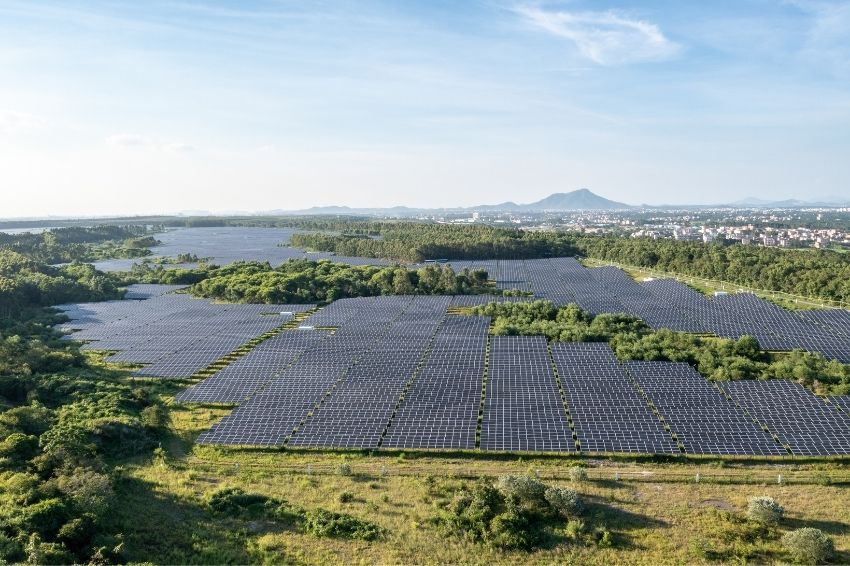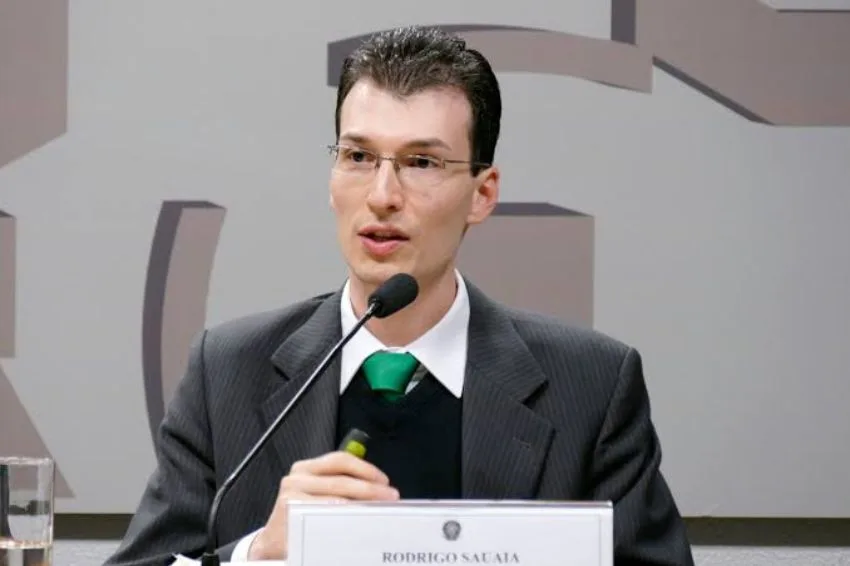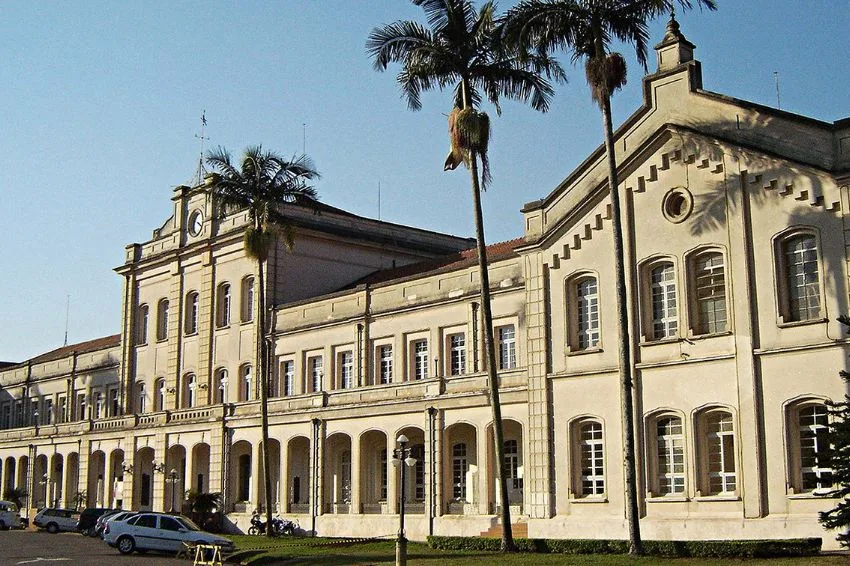A ANEEL (National Electric Energy Agency) released 544.3 MW of operational power, in October this year, for GC solar plants (centralized generation). This is an amount that represents more than half (57%) of the total of 957.03 MW released for operation in Brazil over the past month.
The volume was ahead of the amount released for thermal and wind generation plants, which accounted for 24.7% and 10.9% of the total, respectively. In turn, PCHs (small hydroelectric plants) accumulated 3% of the total, while UTNs (thermonuclear plants) and CGHs (hydroelectric generating plants) together accounted for less than 1.6%.
ANEEL data also shows that the country currently has more than 700 solar GC projects in the construction process or under construction, which together total approximately 30 MW of granted power. For comparison purposes, thermal plants currently have less than 80 projects, while wind plants have less than 400.
“Solar energy showed its protagonism in October, both with these numbers and the fact that it has broke two records in the northeast“, said Rodrigo Sauaia, CEO of ABSOLATE (Brazilian Photovoltaic Solar Energy Association).
According to him, the growth of the source can help alleviate the pressure of the biggest water crisis in the last 91 years, helping the country to save water from reservoirs, avoiding the dispatch of thermoelectric plants and the import of energy from neighboring countries. “Both the dispatch of thermoelectric plants and imported energy can cost almost 10 times more than the average price of solar energy, which is a tool that brings relief to the system’s operation and consumers’ pockets,” he stated.
Installation time
According to Sauaia, in addition to the economic, social and environmental benefits that solar sources offer, another point that deserves to be highlighted is the construction time of photovoltaic plants. “It is a very quick source of implementation. It only takes 18 months to get a plant up and running, generating energy for society. It is a deadline that outperforms other sources”, he highlighted.
The CEO of ABSOLAR also drew attention to the versatility that GC photovoltaic plants have. “It is possible to carry out small and medium-sized projects or carry out a large number of small projects and still be competitive. It is different from conventional plants, where there is only a single plant with a project of many GWs”, he highlighted. “It's like a lego: it's easy to assemble and can be expanded according to need”, he exemplified.
Investments
Despite the growth of solar, Sauaia warns that it is essential for the country to adopt quality public policies for the photovoltaic source to develop in the centralized generation segment. “We need to increase contracting at auctions and continue the process of expanding transmission infrastructure, with the aim of taking advantage of this excellent quality (solar) energy that Brazil has in its different regions. We cannot allow bottlenecks to occur in the development of this technology”, he concluded.















